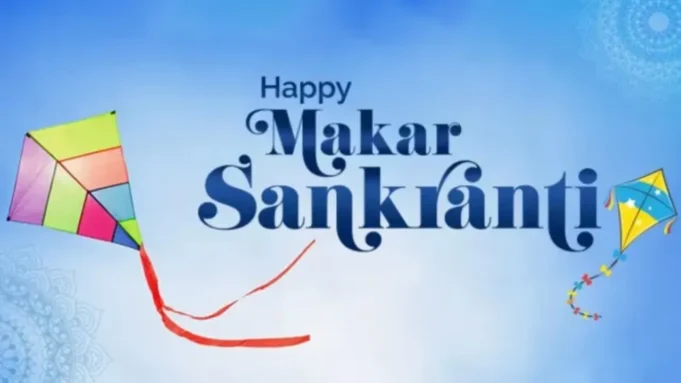Makar Sankranti is one of the most significant festivals in India, celebrated with enthusiasm and reverence across the country. It marks the transition of the Sun into Capricorn (“Makara” in Sanskrit) and signifies the end of the winter solstice and the beginning of longer days. This celestial event holds immense cultural, agricultural, and spiritual importance.
The Significance of Makar Sankranti
Harvest Celebration: Makar Sankranti is primarily a harvest festival. It is a time when farmers rejoice over the season’s hard work as they bring home the new crop. The festival is a symbol of gratitude to nature and the Sun God for a bountiful harvest.
Spiritual Importance: The festival also has spiritual undertones. It marks a period of positivity, enlightenment, and growth. Hindus believe that on this day, taking a holy dip in sacred rivers like the Ganga, Yamuna, or Godavari purifies the soul and washes away past sins.
Astronomical Significance: The day marks the Sun’s transition into the Capricorn zodiac sign, signaling the start of its northward journey, known as “Uttarayan.” This shift is deemed auspicious and ushers in warmer days.
Regional Names and Traditions
People across India celebrate Makar Sankranti under different names and follow varied customs:
Pongal (Tamil Nadu): In Tamil Nadu, the festival is known as Pongal and spans four days, each with unique rituals. The preparation of a sweet dish called Pongal is the highlight of this celebration.
Lohri (Punjab and Haryana): Celebrated a day before Makar Sankranti, Lohri is marked by bonfires, folk songs, and dance. It’s a way to thank nature for the harvest and pray for prosperity.
Magh Bihu (Assam): In Assam, the festival is called Magh Bihu or Bhogali Bihu. Feasts, community gatherings, and the construction of temporary huts called “Meji” are central to the festivities.
Uttarayan (Gujarat): In Gujarat, the festival is synonymous with kite flying. The sky comes alive with vibrant kites, and the event fosters a sense of togetherness.
Poush Sankranti (West Bengal): Bengalis celebrate Poush Sankranti with traditional sweets made of sesame seeds and jaggery, such as “pithe” and “patishapta.”
Suggi Habba or Makara Sankramana (Karnataka): In Karnataka, farmers celebrate their harvest with family and friends by exchanging “Ellu-Bella” (a mix of sesame seeds and jaggery).
Common Festive Practices
Kite Flying: Across northern and western India, kite flying is a major activity. It symbolizes reaching new heights and aspirations.
Special Foods: Traditional dishes like til ladoo (sesame and jaggery sweets), khichdi, and Pongal are prepared and enjoyed with family.
Bonfires and Community Gatherings: In many regions, people light bonfires and gather around them to celebrate, dance, and sing folk songs.
Charity and Donations: Makar Sankranti is also a day for sharing. People donate food, clothes, and money to the needy, symbolizing generosity and kindness.
Why Makar Sankranti Stands Out
Unlike other Indian festivals that follow the lunar calendar, Makar Sankranti is based on the solar calendar. This consistency means it’s celebrated on January 14th or 15th every year. The festival’s universal themes of gratitude, renewal, and celebration of nature make it a cherished event across diverse cultures in India.
Conclusion
Makar Sankranti is more than just a festival; it is a reflection of India’s agrarian roots, spiritual beliefs, and cultural diversity. As the Sun begins its northward journey, Makar Sankranti reminds us to embrace positivity, foster community bonds, and show gratitude for nature’s abundance. Whether you’re flying a kite, relishing til ladoos, or participating in a community bonfire, this festival offers something special for everyone.
Wishing you a joyous and prosperous Makar Sankranti!










